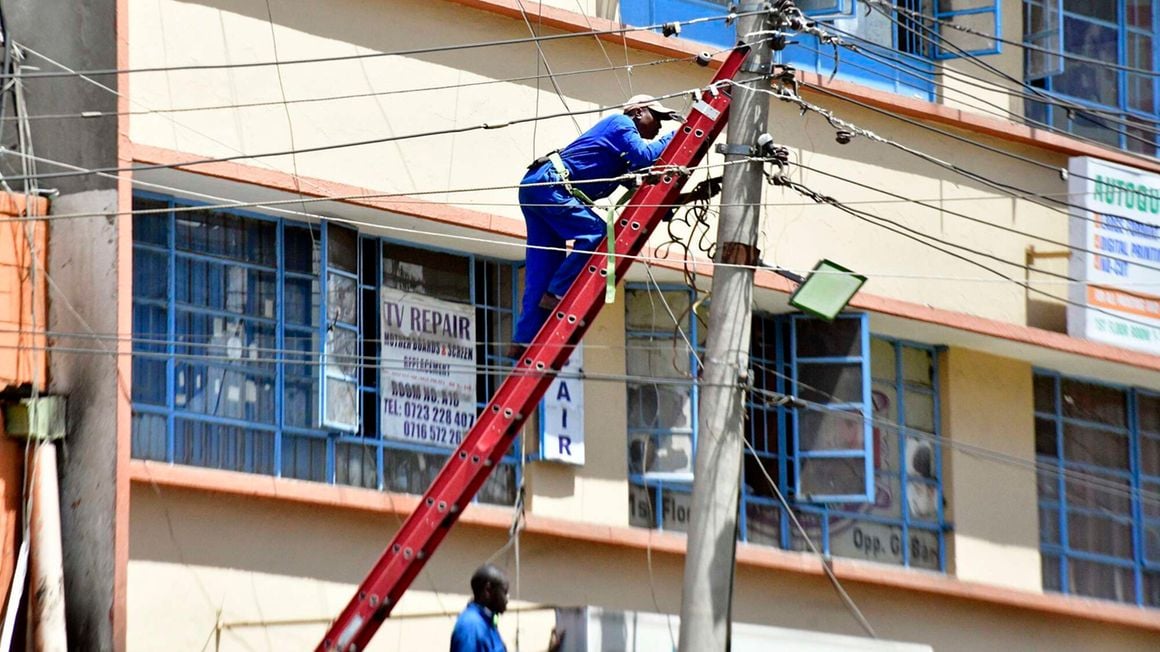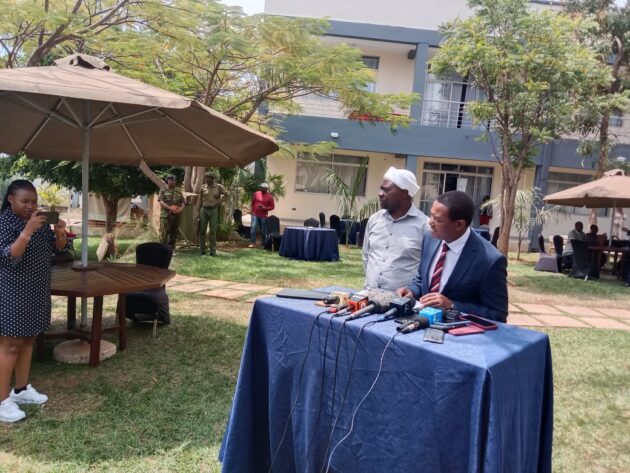A key power line linking Kenya to Zambia through Tanzania is set for completion in November 2025, raising hope for cross-border electricity imports and exports among nations covered by the high-voltage grid.
The Tanzania Electric Supply Company (Tanesco), the country’s power utility, confirmed that the 400 kilovolt (kV) Tanzania-Zambia line will be completed in November 2025.
The project seeks to connect the Eastern Africa Power Pool (EAPP) with the Southern Africa Power Pool (SAPP).
Contracts for the transmission line were signed in July last year.
“This project aims at extending the 400kV transmission backbone in the south-western parts of Tanzania to allow regional power trade between Southern Africa Power Pool and Eastern Africa Power Pool,” said Tanesco.
“The project is expected to be completed in November 2025,” added the firm.
Kenya is a member of the EAPP alongside 12 other countries, namely Uganda, Tanzania, Rwanda, Burundi, and the Democratic Republic of Congo (DRC). Others are Egypt, South Sudan, Sudan, Somalia, Libya, Ethiopia and Djibouti.
Completion of the line will allow Kenya and other countries within the EAPP to sell and buy power from SAPP countries, which include South Africa, Tanzania, Angola, Mozambique, Lesotho, Eswatini, Zambia, Zimbabwe, Malawi, Namibia, Botswana, and the DRC.
Kenya is also racing against time to complete the $309.26 million (Ksh41.75 billion) electricity transmission line that will allow it to trade electricity with Tanzania.
The interconnection line, to be connected to the Ethiopia-Kenya transmission system through the Isinya – Suswa 400kV line, is part of the Eastern Africa Electricity Highway with a transfer capacity of 2,000 megawatts.
The line was to be commissioned by December last year but has been delayed for months, thereby delaying the exchange of power between the two neighbours.
Once commissioned, Tanzania will become the third country to trade power with Kenya. Kenya currently has a power exchange agreement with Uganda and also buys 200 megawatts from Ethiopia through a 25-year power purchase agreement.
Further, the interconnection of the EAPP and SAPP will open a major market opportunity for power producers in the two regions, especially for the supply of power to southern Africa, which grapples with generation shortages.
The International Energy Agency projects that Kenya’s electricity demand growth rate will accelerate to an average of 5.7 percent between 2024 and 2026, meaning that Kenyans could consume more than 13,055 gigawatt-hours by 2027.











